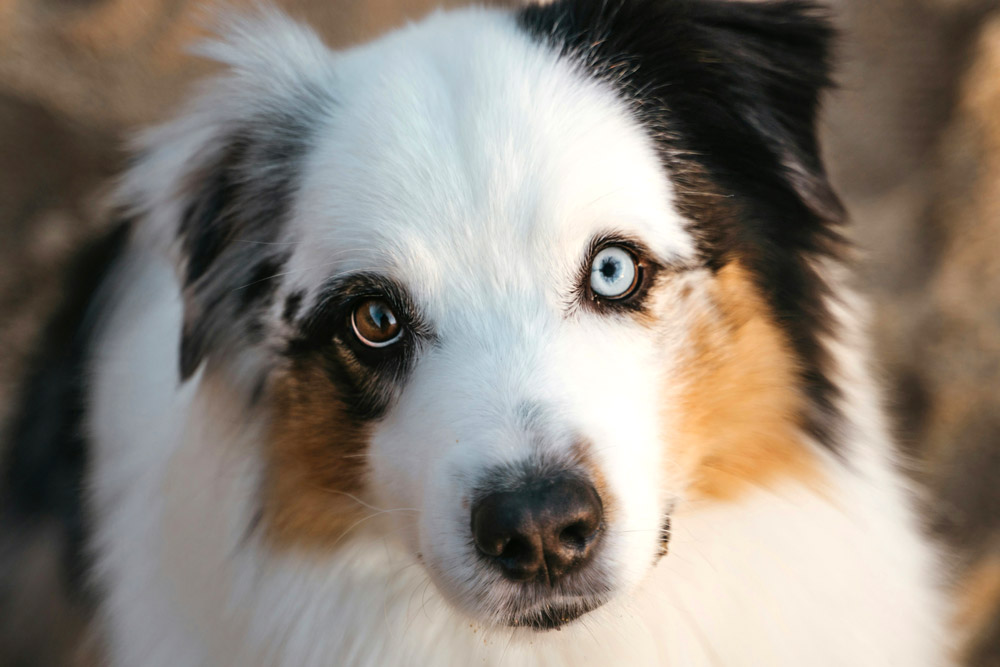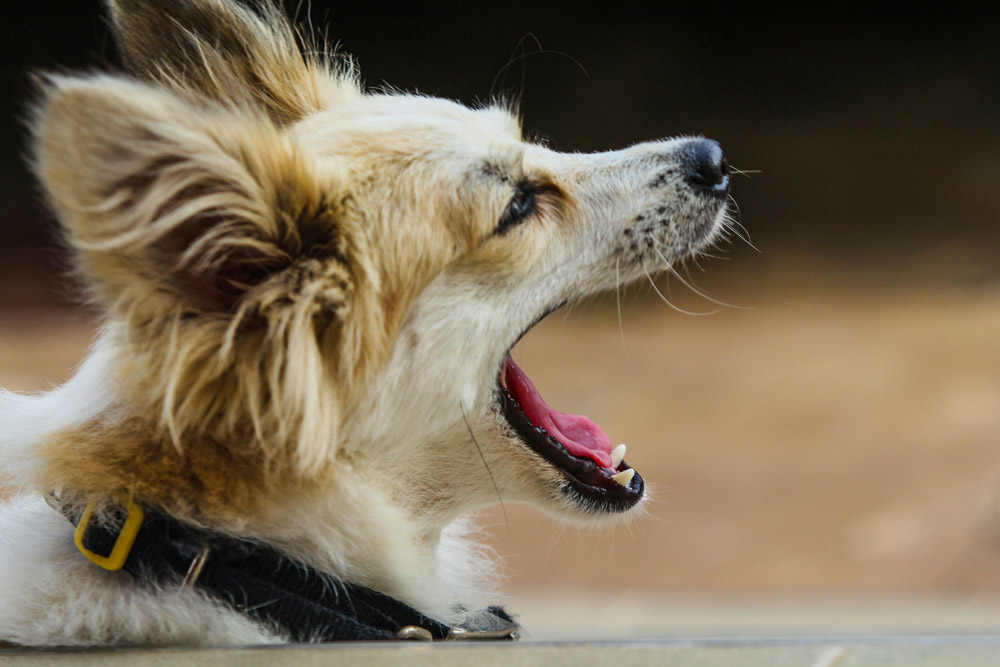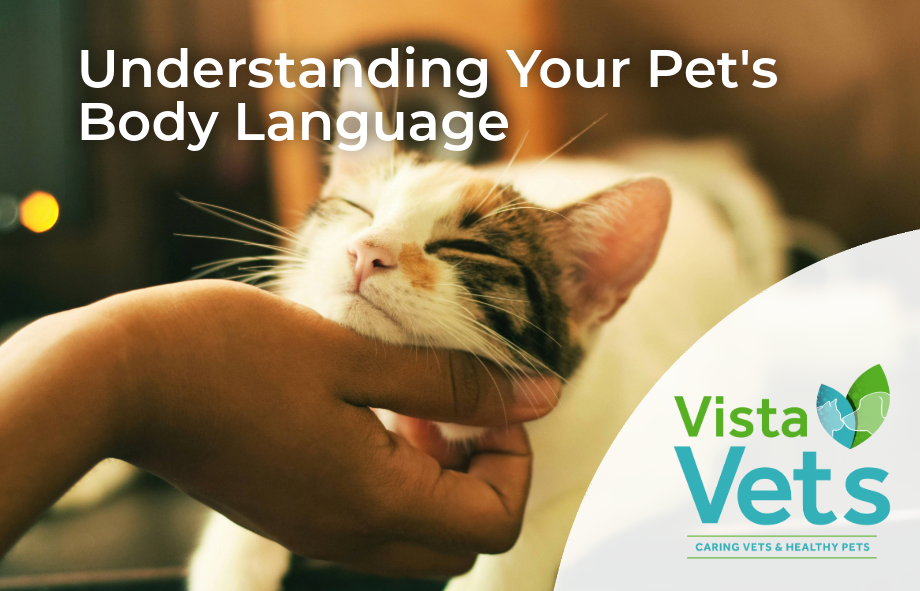Pets can’t speak to us in words, but they communicate in other ways – through their body language. By understanding your pet’s body language, you can strengthen your bond and ensure their well-being. Whether it’s a wagging tail, a raised paw, or a flattened ear, each gesture tells a story. Here’s a guide for UK pet owners to help you better understand what your furry friend is trying to say.
Tail Talk
- Dogs: A wagging tail is often seen as a sign of happiness, but did you know it can also indicate other emotions? A low wag may suggest nervousness, while a high, stiff wag could indicate excitement or even aggression.
- Cats: A cat’s tail can tell you a lot about their mood. A slowly swishing tail can mean irritation, while a high, upright tail with a slight curl is a sign of friendliness.

Ear Positions
- Dogs: Ears that are perked up and facing forward often indicate alertness or curiosity, while ears that are laid back can be a sign of fear or submission.
- Cats: Cats also use their ears to express themselves. Forward-facing ears show interest, while flattened ears against the head usually mean fear or aggression.
Eye Expressions
- Dogs: Soft, relaxed eyes are a sign of comfort, while wide eyes with a fixed gaze could indicate fear or aggression.
- Cats: Cats often blink slowly at their owners to show affection. This “cat kiss” is their way of telling you they feel safe. Wide, dilated eyes can indicate surprise, excitement, or even aggression.

Posture and Movement
- Dogs: A dog standing tall and forward on their toes may be asserting dominance, while a crouched or hunched posture often signals fear or submission. Rolling over and exposing the belly is a classic sign of submission or trust.
- Cats: A puffed-up body with arched back and raised fur signals fear or aggression. In contrast, a relaxed cat will move fluidly, often rubbing against you to show affection.
Vocalisations
While this guide focuses on body language, it’s worth noting that vocalisations like barking, meowing, or purring can also provide important clues about how your pet is feeling.

How to Respond to Your Pet’s Body Language
Once you recognise your pet’s body language, responding appropriately can improve your relationship:
- Reassurance: If your pet is showing signs of fear or anxiety, such as a tucked tail or flattened ears, offer calm reassurance.
- Encouragement: If your dog is curious or alert, reward their confidence with positive reinforcement like treats or praise.
- Respect Boundaries: If your cat’s tail starts twitching or their ears go flat, give them space to avoid pushing them into aggression.
Understanding your pet’s body language is key to ensuring their happiness and health. If you ever notice unusual behaviour or body language, it’s worth consulting your vet to rule out any underlying health issues.
Contact Us for Expert Advice
For more guidance on understanding your pet’s body language or to schedule a check-up, get in touch with our team at Vista Vets. We’re here to support you and your pet every step of the way.
Join Our Vista Pet Club
At Vista Vets, we’re here to help you interpret your pet’s signals and provide expert care for their well-being. Our Vista Pet Club includes regular check-ups to ensure your pet is thriving physically and emotionally.



